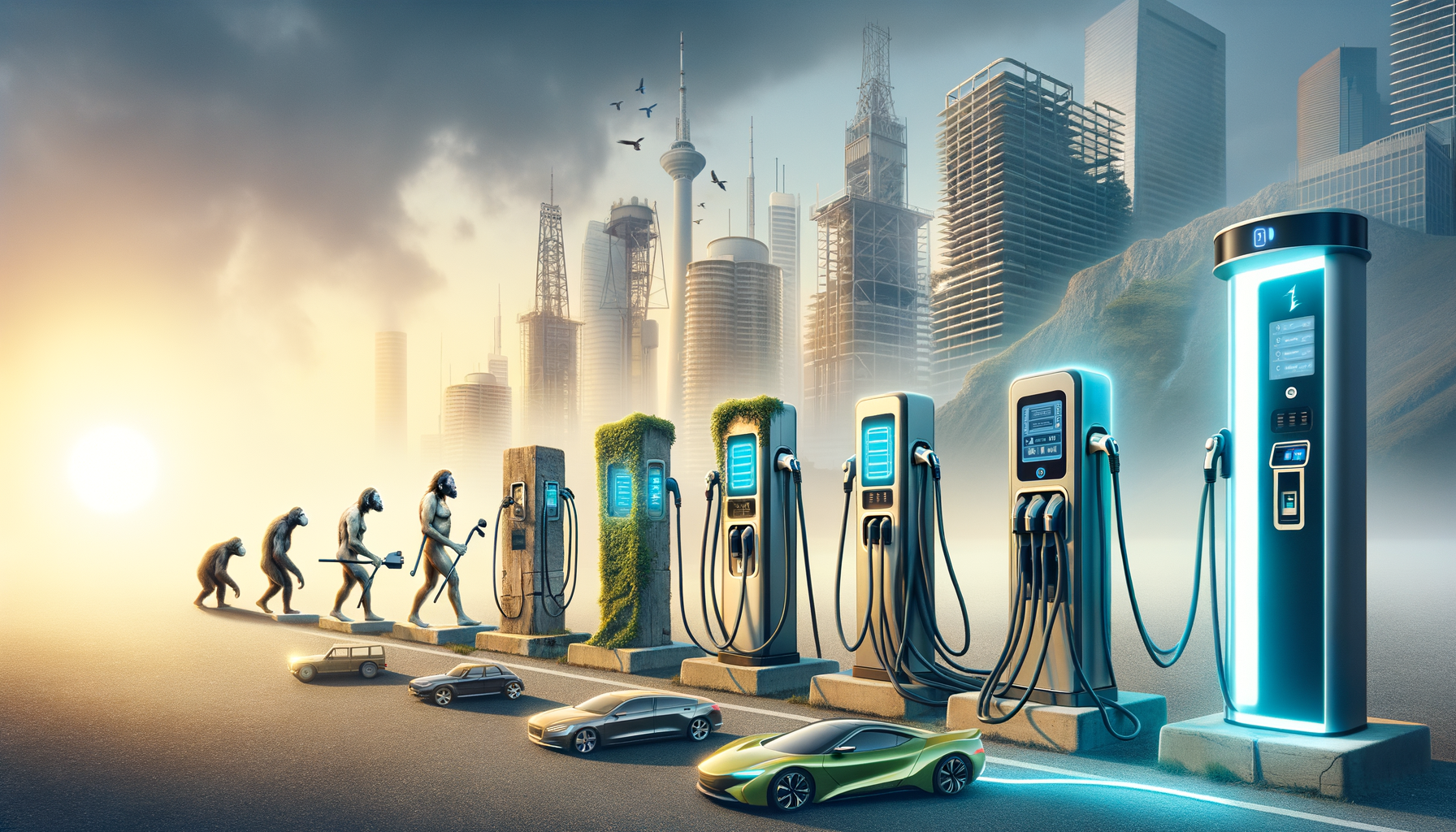The Rise of Electric Vehicles and the Need for Charging Stations
Electric vehicles (EVs) have been gaining momentum as a sustainable alternative to traditional gasoline-powered cars. With the rise of environmental consciousness and advancements in technology, more consumers are opting for EVs. However, the adoption of electric vehicles hinges significantly on the availability of charging infrastructure. Charging stations play a crucial role in this ecosystem, providing the necessary support for EV owners to recharge their vehicles conveniently. The increasing number of charging stations across urban and rural areas highlights the growing demand and support for electric mobility. As governments and private sectors invest in charging infrastructure, the accessibility and convenience of EVs are enhanced, thereby encouraging more people to make the switch. This evolution is not just about supporting current EV users but also about paving the way for a future where electric mobility is the norm.
Types of Charging Stations and Their Impact
Charging stations come in various types, each serving different needs and purposes. The most common types include Level 1, Level 2, and DC Fast Charging stations. Level 1 chargers use a standard household outlet and are typically used for overnight charging at home. Level 2 chargers are faster and are often found in public spaces like shopping centers and workplaces. DC Fast Charging stations provide rapid charging and are crucial for long-distance travel. The presence of these diverse charging options has a significant impact on the usability and convenience of EVs. For instance, the availability of fast chargers along highways makes long road trips feasible for EV owners, addressing one of the common concerns about electric vehicles. As these charging stations become more widespread, they help to alleviate range anxiety, a significant barrier to EV adoption. The variety in charging infrastructure ensures that EV owners have flexible options to suit their lifestyle and travel needs.
Technological Advancements in Charging Stations
The technology behind charging stations has evolved significantly, enhancing their efficiency and user-friendliness. Innovations such as smart charging, wireless charging, and vehicle-to-grid technology are revolutionizing the charging experience. Smart charging systems allow for optimized energy use, adjusting charging times to take advantage of off-peak electricity rates. Wireless charging eliminates the need for cables, offering a seamless experience for users. Vehicle-to-grid (V2G) technology enables EVs to return energy to the grid, contributing to energy stability and efficiency. These advancements not only improve the functionality of charging stations but also integrate them into the broader energy ecosystem. As technology continues to advance, we can expect charging stations to become even more efficient and integrated, further supporting the growth of electric mobility.
The Environmental and Economic Impact of Charging Stations
Charging stations have a profound impact on both the environment and the economy. Environmentally, they support the reduction of greenhouse gas emissions by facilitating the use of electric vehicles, which produce zero tailpipe emissions. This shift contributes to cleaner air and a reduction in pollution-related health issues. Economically, the expansion of charging infrastructure creates jobs and stimulates investment in related sectors. The development and maintenance of charging stations require skilled labor, contributing to job creation in the green economy. Additionally, as more consumers switch to EVs, there is a potential reduction in dependency on fossil fuels, impacting global oil markets. The economic ripple effects of charging stations extend beyond the immediate industry, influencing energy policies and market dynamics.
Future Prospects and Challenges for Charging Stations
As the demand for electric vehicles continues to rise, the future of charging stations looks promising, yet it is not without challenges. One of the main challenges is ensuring the infrastructure keeps pace with the growing number of EVs. This requires coordinated efforts from governments, private companies, and communities to expand the network of charging stations. Another challenge is the standardization of charging technologies and payment systems to ensure compatibility and ease of use across different regions and vehicle models. Despite these challenges, the future prospects of charging stations are bright. Innovations in renewable energy integration and advancements in charging technology promise to make charging stations more efficient and sustainable. As society moves towards a more sustainable future, charging stations will play an essential role in supporting the transition to electric mobility.








